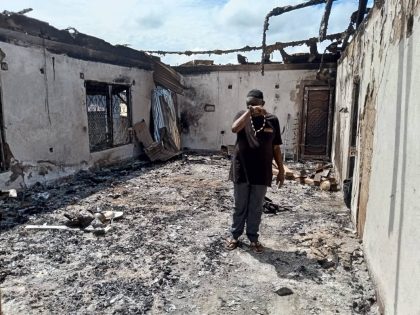Brazilians are used to this

The Mexican writer Alma Guillermoprieto declared this World Cup “the best ever.” Few can disagree. A total of 136 goals were scored in 48 group matches and another 18 in the 8 matches of the last round. Not everything is surprising: with the exception of Costa Rica, all the top seeds made it to the quarterfinals. The big hit is Colombia; everyone’s favorite team with its stars James Rodriguez and Juan Quadrado in every fantasy team. Los Cafeteros is seen as the new France 1998 (but with its own racial baggage) . Colombia may still upset Brazil’s coronation later today. Off the field, the South American fans have stolen the show. Boima Tucker’s on the ground World Cup Diaries are very good on all this. But there’s also been some off-key notes. Some Neo-Nazi Croatian fans, homophobic Mexican supporters, French and German fans in blackface (and FIFA’s tepid response to this racism), as well as–what has been a major talking point–the strange site of overwhelmingly white crowds in the stadiums whenever Brazil play. FIFA is partly too blame (ticket prices) and so is the harsh reality of Brazil: the most unequal country in the world where race and class divides coincides to a large degree. Outside the stadiums, where public viewing mostly comes free, the crowds are more representative of Brazil’s “mixed character.” The Brazilian blogosphere have been good on this. (It’s media, less so.) There’s also been a few excellent pieces in English language media this; go read them: Alex Bellos in The Independent, Musa Okwonga on Monocle (he gets profiled by cops too) and Stephanie Nolan in The Globe & Mail, among others. Outside the stadiums, at public viewing areas things are better. But then none of this should be surprising:
It’s worth noting what happened in the lead-up to the Cup, which is perhaps more illuminating about the ordinariness of racism in Brazil. For the official tournament draw in November, the organizers decided to change the two main presenters at the last minute. Some defenders of FIFA’s decision suggested it had to do “with sponsorships” and “standards of English.” But Brazilians, especially black Brazilians used to this kind of thing, could not help noticing that the original presenters—two well-known soap actors—happened to be black and mixed race. Their replacements happened to be white and blond.
More here at The Medium.



















